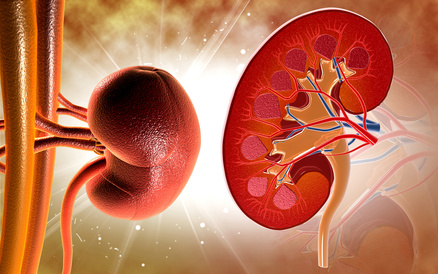Acute kidney injury is a common complication after transcatheter aortic valve replacement (TAVR) and is associated to increased mortality both short and long-term.

In patients undergoing percutaneous coronary intervention (PCI) forcing diuresis with controlled hydration has shown to reduce the incidence of acute kidney injury in nearly 50%. However, this has not been tested in patients undergoing TAVR.
This single center study, soon to be published in the European Heart Journal, prospectively randomized double-blind patients to test the effect of controlled saline infusion to force diuresis and prevent kidney injury in TAVR patients.
136 patients were randomized (68 in each group) with mean age 83.9 ± 5 years and no significant differences in baseline characteristics.
Read also: The Most Read Scientific Articles in September at Solaci.org.
Acute kidney injury rate was no different between the groups (25% active group vs 19.1% controlled group; p=0.408). There was a significant increase in long term mortality in the active group (27.9% vs 13.2%, HR 3.7 CI 95% 1.51 to 9.28; p=0.004), which caused early termination for futility and damage risk.
Conclusion
In contrast with PCI, TAVR does not prevent acute kidney injury and might even be associated to higher mortality. Further study is required to better understand the physiopathology behind these findings.
Original Title: Forced diuresis with matched hydration during transcatheter aortic valve implantation for Reducing Acute Kidney Injury: a randomized, sham-controlled study (REDUCE-AKI).
Reference: Yaron Arbel et al. European Heart Journal (2019), online before print.
Get the latest scientific articles on interventional cardiologySubscribe to our weekly newsletter
We are interested in your opinion. Please, leave your comments, thoughts, questions, etc., below. They will be most welcome.





